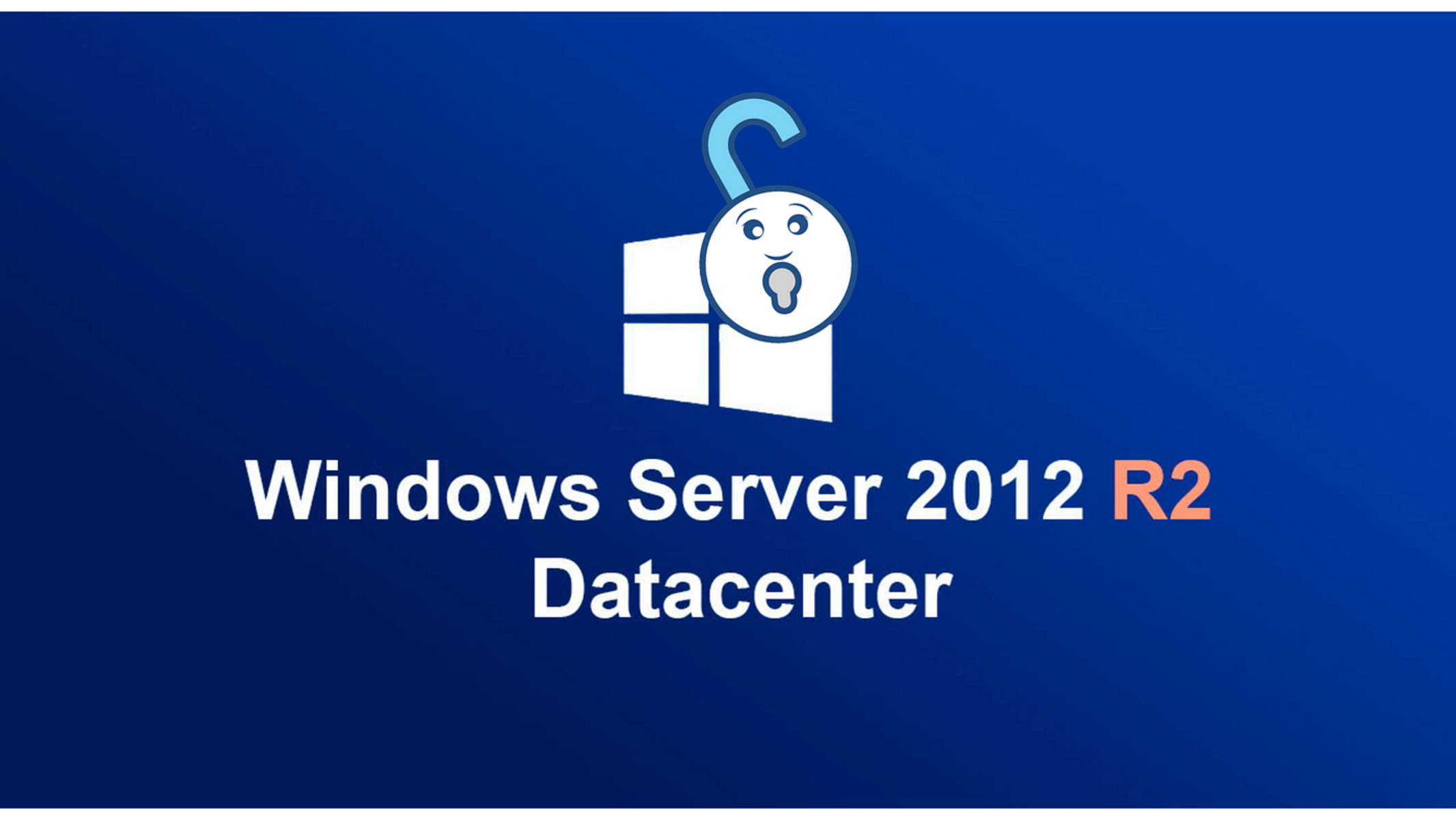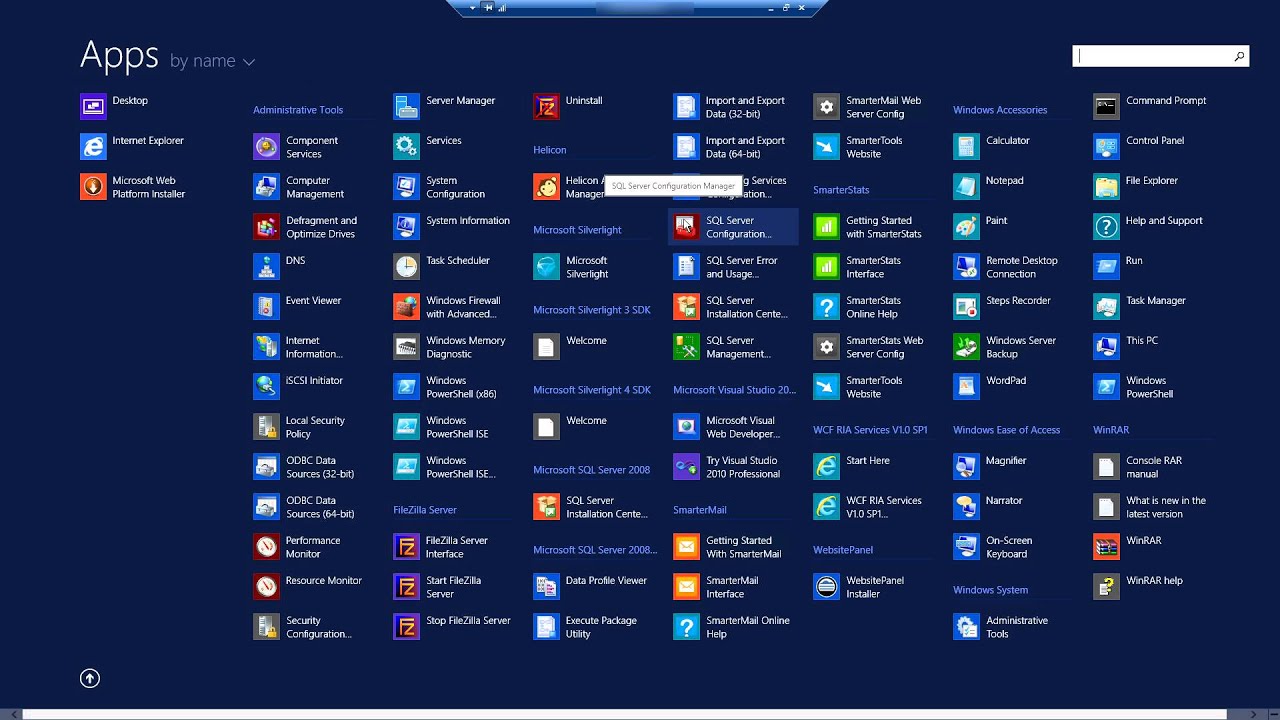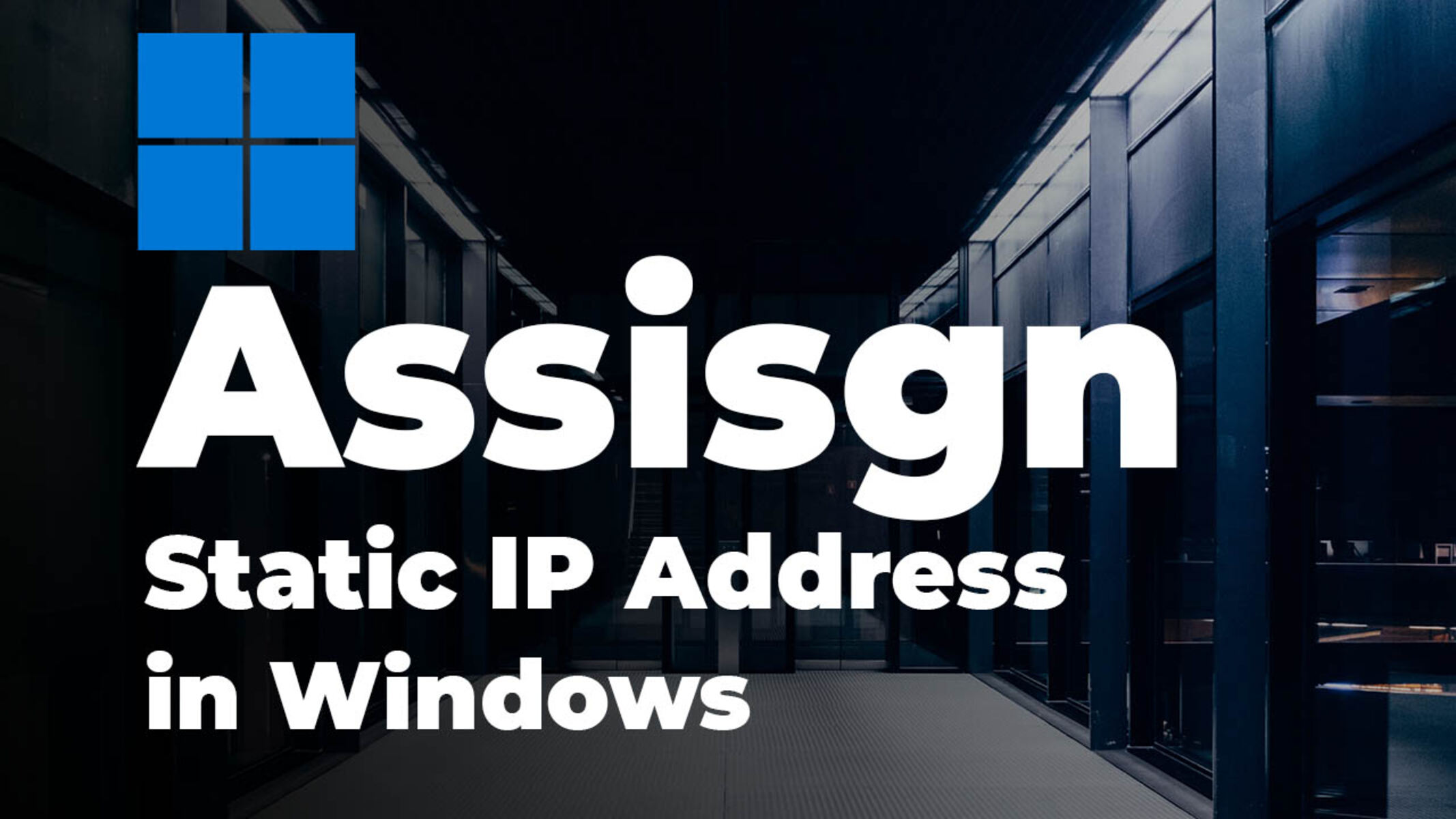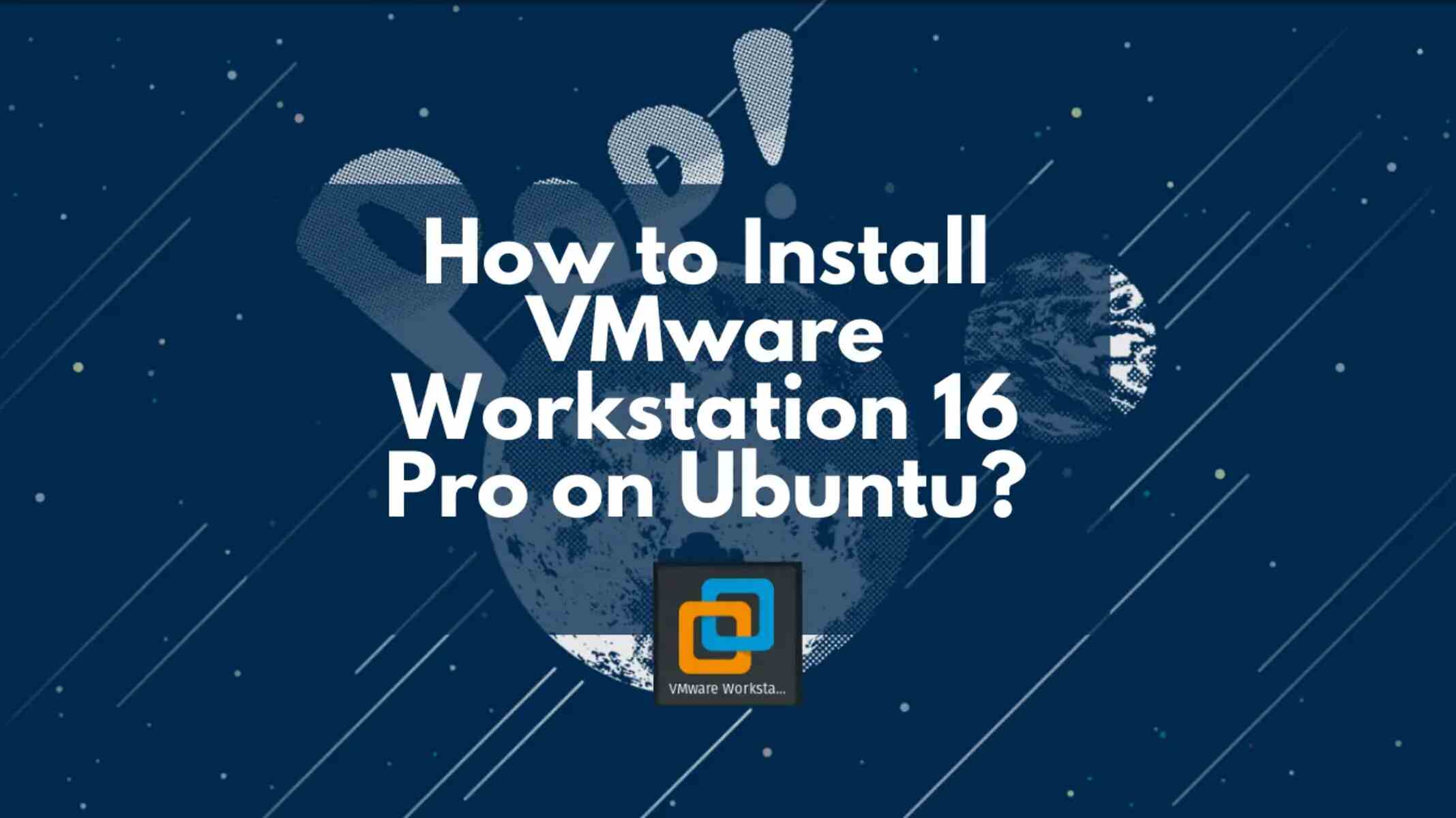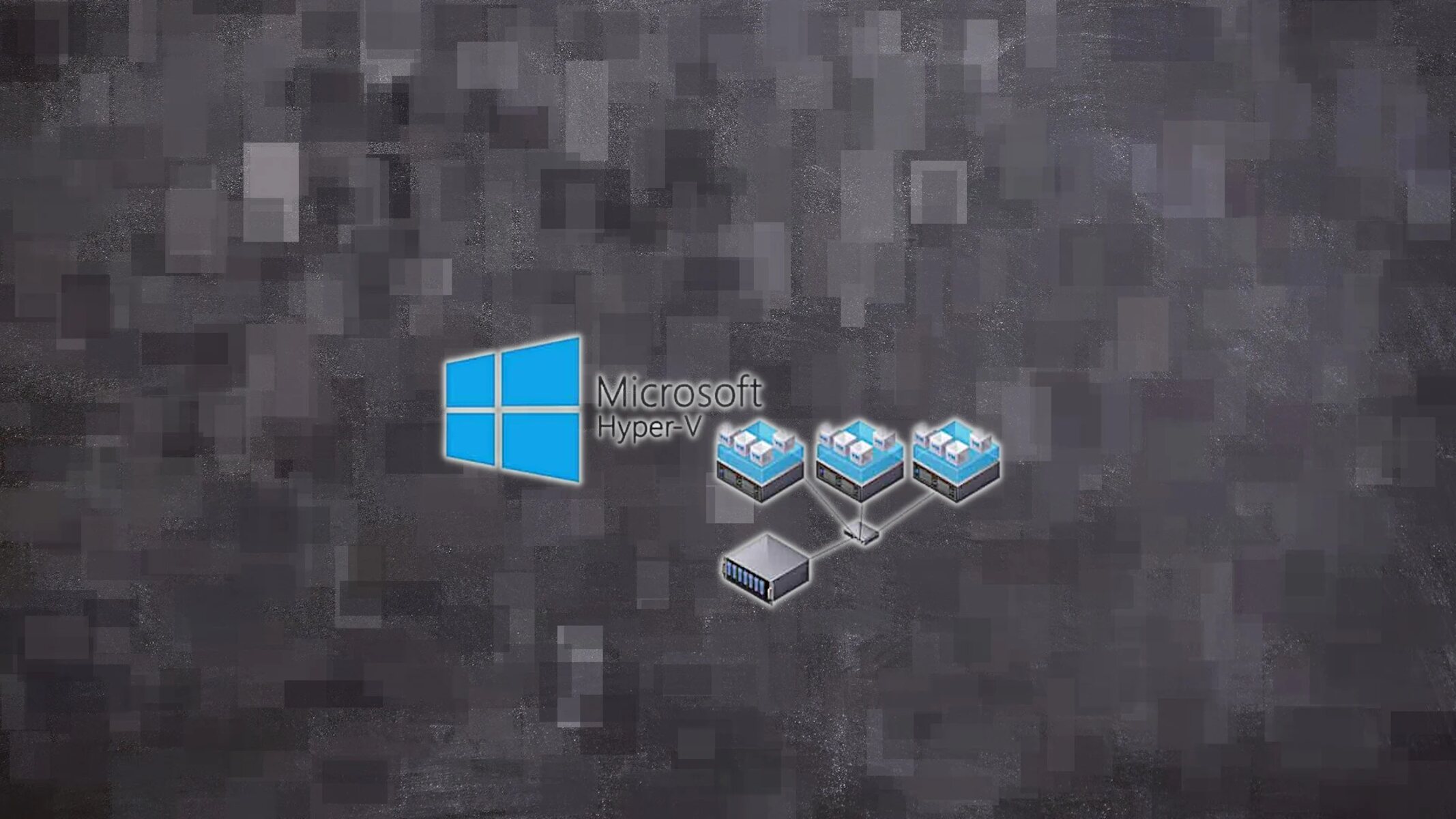Introduction
Windows Server 2012 R2 is a powerful operating system that offers numerous advantages for businesses, including improved security, enhanced virtualization capabilities, and increased efficiency in managing IT resources. Installing Windows Server 2012 R2 on VMware Workstation provides a flexible and convenient environment for testing, development, and deployment of server applications.
In this article, we will explore the benefits of installing Windows Server 2012 R2 on VMware Workstation and provide a step-by-step guide to help you set up and manage your virtualized server environment. Whether you are a small business owner, a system administrator, or an IT professional, this article will provide you with valuable insights into the process of installing and using Windows Server 2012 R2 on VMware Workstation.
By utilizing VMware Workstation, you can create multiple virtual machines on a single physical server, allowing you to simulate and test different server configurations without the need for additional hardware. This not only saves cost but also provides a flexible and scalable solution for managing your server infrastructure.
One of the key advantages of using VMware Workstation for hosting your Windows Server 2012 R2 environment is the ability to take advantage of its powerful features, such as snapshotting, cloning, and network virtualization. These features allow you to easily manage and troubleshoot your virtual machines, saving you valuable time and effort.
Moreover, installing Windows Server 2012 R2 on VMware Workstation provides a reliable and secure environment for your server applications. You can isolate your virtual machines from the physical server, ensuring that any issues or security vulnerabilities do not affect the host system. Additionally, VMware Workstation offers robust security features, such as encrypted virtual machines and secure boot, to protect your server environment from unauthorized access.
Throughout this article, we will guide you through the process of installing Windows Server 2012 R2 on VMware Workstation, configuring network and storage settings, and managing your virtualized server environment effectively. By the end of this article, you will have a solid understanding of how to leverage VMware Workstation to maximize the benefits of Windows Server 2012 R2 in a virtualized environment.
Overview of Windows Server 2012 R2
Windows Server 2012 R2 is the successor to Windows Server 2012 and is part of Microsoft’s Windows NT family. It is designed to provide a reliable and scalable platform for running and managing server applications in small to large-scale environments.
This operating system introduces numerous new and improved features, making it a popular choice among businesses. Some of its key features include:
- Improved Virtualization: Windows Server 2012 R2 offers enhanced virtualization capabilities, allowing businesses to create and manage virtual machines efficiently. It supports Hyper-V, which provides a robust hypervisor for running multiple virtual machines on a single physical server. This enables organizations to optimize their IT infrastructure, reduce hardware costs, and increase flexibility.
- Enhanced Security: Windows Server 2012 R2 includes several security enhancements, providing a more secure platform for hosting server applications. It introduces features such as Dynamic Access Control, which allows organizations to manage file access based on user attributes and policies. Additionally, improved encryption capabilities and secure boot technology help protect confidential data and prevent unauthorized access.
- Improved Storage Management: With Windows Server 2012 R2, managing storage becomes easier and more efficient. It introduces Storage Spaces, which allows administrators to pool inexpensive drives together to create high-performance and fault-tolerant storage arrays. This feature helps organizations scale their storage infrastructure without incurring significant costs.
- Efficient Networking: Windows Server 2012 R2 introduces network virtualization, enabling organizations to create virtual networks that span physical network infrastructure. This helps in consolidating network resources, simplifying network management, and providing greater flexibility and agility in the deployment of server applications.
- Improved Remote Access: Windows Server 2012 R2 offers enhanced remote access capabilities, allowing users to access their corporate resources securely from anywhere. It includes features such as DirectAccess and VPN, which facilitate secure and seamless connectivity for remote workers. This improves productivity and enables organizations to embrace flexible work arrangements.
Overall, Windows Server 2012 R2 provides a robust and feature-rich platform for running and managing server applications. Its improved virtualization, security, storage management, networking, and remote access features make it an ideal choice for organizations of all sizes. By installing Windows Server 2012 R2 on VMware Workstation, businesses can leverage these features in a virtualized environment, gaining greater efficiency, flexibility, and cost savings.
Benefits of Installing Windows Server 2012 R2 on VMware Workstation
Installing Windows Server 2012 R2 on VMware Workstation offers numerous benefits for businesses and IT professionals. Let’s explore some of these advantages:
- Cost Savings: By using VMware Workstation to virtualize your server environment, you can significantly reduce hardware costs. Instead of purchasing multiple physical servers, you can create virtual machines on a single physical server. This not only saves money on hardware acquisition but also reduces costs associated with power consumption, cooling, and maintenance.
- Flexibility and Scalability: VMware Workstation allows you to easily scale your server environment by creating and managing virtual machines. This flexibility enables you to quickly allocate resources as needed and adapt to changing business requirements. You can also clone and snapshot virtual machines, making it easier to test new configurations or roll back to a previous state if necessary.
- Efficient Resource Utilization: Virtualization enables you to optimize resource utilization by consolidating workloads onto a single physical server. This improves efficiency and allows you to make the most out of your hardware investments. Additionally, VMware Workstation provides features like resource sharing and load balancing, ensuring that resources are distributed evenly among virtual machines for optimal performance.
- Ease of Management: Installing Windows Server 2012 R2 on VMware Workstation simplifies server management tasks. You can use VMware’s intuitive interface to monitor, configure, and troubleshoot your virtual machines. Centralized management features allow you to efficiently allocate resources, manage storage, and perform backups, saving time and effort. Additionally, VMware Workstation integrates seamlessly with popular management tools, further enhancing productivity.
- Improved Testing and Development: VMware Workstation provides a robust testing and development platform for Windows Server 2012 R2. You can create isolated virtual environments to test new software, patches, and configurations without impacting your production environment. This allows you to mitigate risks and ensure the stability and compatibility of your server applications before deployment.
- Enhanced Security: Using VMware Workstation to host your Windows Server 2012 R2 environment enhances security. Virtual machines are isolated from the physical server and can be easily backed up, restored, and encrypted. Additionally, you can take advantage of VMware’s security features, such as virtual machine firewalls and secure boot technology, to protect your server environment from threats and unauthorized access.
By installing Windows Server 2012 R2 on VMware Workstation, businesses can take advantage of these benefits to create a flexible, scalable, and cost-effective server environment. Whether it’s for testing and development, resource optimization, or efficient management, VMware Workstation provides the tools and capabilities to maximize the potential of Windows Server 2012 R2.
System Requirements for Installing Windows Server 2012 R2 on VMware Workstation
Before installing Windows Server 2012 R2 on VMware Workstation, it is essential to ensure that your system meets the necessary requirements. This will ensure optimal performance and a smooth installation process. The system requirements for installing Windows Server 2012 R2 on VMware Workstation are as follows:
- Hardware Requirements:
- A 64-bit processor with at least 1.4 GHz speed or faster
- A minimum of 2 GB RAM (4 GB or more recommended)
- A minimum of 60 GB of available hard disk space
- An Ethernet adapter capable of at least 1 Gbps connectivity
- Software Requirements:
- VMware Workstation 14 or later versions
- Windows Server 2012 R2 installation ISO or DVD
- Operating System Compatibility: VMware Workstation is compatible with various operating systems. Ensure that your host system meets the requirements for running VMware Workstation and is compatible with Windows Server 2012 R2. It’s recommended to check the VMware documentation for the specific host operating systems supported.
- Network and Storage: Make sure your system has a stable network connection to download the necessary files and updates during the installation process. Ensure that your storage has sufficient capacity to accommodate the virtual machines and any additional files or applications required.
It is crucial to note that these are the minimum requirements for a basic installation of Windows Server 2012 R2 on VMware Workstation. Depending on your specific needs and the workload you intend to run, you may need to allocate more resources, such as RAM and storage, for optimal performance.
Before proceeding with the installation, it is always recommended to refer to the official documentation and guidelines provided by VMware for the specific version of VMware Workstation and Windows Server 2012 R2 that you are working with. This will ensure that you have the most up-to-date information and can address any specific considerations for your environment.
By ensuring that your system meets the necessary requirements, you can proceed with confidence in installing Windows Server 2012 R2 on VMware Workstation and enjoy the benefits of a virtualized server environment.
Step-by-Step Guide to Install Windows Server 2012 R2 on VMware Workstation
Installing Windows Server 2012 R2 on VMware Workstation is a straightforward process. Follow these step-by-step instructions to set up your virtualized server environment:
- Prepare the Installation Media: Obtain a Windows Server 2012 R2 installation ISO or DVD. Ensure that you have a valid license key to activate the operating system.
- Launch VMware Workstation: Open VMware Workstation on your host system.
- Create a New Virtual Machine:
- Select ‘Create a New Virtual Machine’ from the welcome screen of VMware Workstation.
- Choose ‘Typical’ configuration and click ‘Next’.
- Select the ‘Installer disc image file’ option and browse to locate the Windows Server 2012 R2 ISO or DVD.
- Provide a name for the virtual machine and choose the destination folder where the virtual machine files will be stored.
- Assign the desired amount of RAM and processor cores to the virtual machine. It is recommended to allocate a minimum of 2 GB of RAM and 2 processor cores.
- Select ‘Use bridge networking’ for network connection and click ‘Next’.
- Choose ‘SCSI’ as the disk type and select ‘Create a new virtual disk’. Set the desired disk size and file location.
- Click ‘Finish’ to create the virtual machine.
- Configure the Virtual Machine:
- Right-click on the newly created virtual machine and select ‘Settings’.
- In the ‘Hardware’ tab, ensure that the ISO or DVD drive is connected to the virtual machine and set it as the first boot device.
- Click ‘OK’ to save the changes.
- Install Windows Server 2012 R2:
- Power on the virtual machine.
- Follow the on-screen instructions to install Windows Server 2012 R2, including selecting the language, region, and keyboard layout.
- When prompted, enter the licensing information and agree to the terms and conditions.
- Select the desired installation type (e.g., Custom or Upgrade).
- Choose the disk partition where you want to install Windows Server 2012 R2.
- Follow the remaining prompts to complete the installation process.
- Once the installation is complete, the virtual machine will restart.
- Configure Initial Server Settings:
- After the virtual machine restarts, set the administrator password.
- Configure the network settings, time zone, and other required options.
- Once the initial server settings are configured, you will be able to log in and access the Windows Server 2012 R2 desktop.
Congratulations! You have successfully installed Windows Server 2012 R2 on VMware Workstation. You can now begin utilizing the powerful features and capabilities of Windows Server 2012 R2 in your virtualized server environment.
Configuring Network and Storage in Windows Server 2012 R2 on VMware Workstation
Once Windows Server 2012 R2 is installed on VMware Workstation, it is essential to configure the network and storage settings to ensure optimal performance and connectivity. Let’s explore the steps to configure network and storage in Windows Server 2012 R2 on VMware Workstation:
Configuring Network Settings:
- Open the Network and Sharing Center: Click on the network icon in the system tray and select “Open Network and Sharing Center.”
- Configure Network Adapter:
- Click on “Change Adapter Settings” on the left-hand side of the window.
- Locate the network adapter that represents your virtual machine’s network connection.
- Right-click on the adapter and select “Properties.”
- In the Properties window, select “Internet Protocol Version 4 (TCP/IPv4)” and click on the “Properties” button.
- Specify the IP address, subnet mask, default gateway, and DNS server addresses as per your network requirements. You can choose either static or dynamic (DHCP) IP address assignment.
- Click “OK” to save the changes.
Configuring Storage Settings:
- Launch Disk Management: Click on the Start button and search for “Disk Management.” Click on the “Create and format hard disk partitions” option.
- Initialize and Format Disks:
- In the Disk Management window, you will see a list of disks attached to your virtual machine.
- Right-click on an unallocated disk space and select “Initialize Disk.”
- Choose the partition style (MBR or GPT) and click “OK” to initialize the disk.
- Right-click on the initialized disk and select “New Simple Volume.”
- Specify the size of the volume and assign a drive letter or mount point.
- Choose the file system and allocation unit size.
- Follow the remaining prompts to complete the formatting process.
- Repeat these steps for any additional disks that need to be initialized and formatted.
By configuring the network and storage settings in Windows Server 2012 R2 on VMware Workstation, you can ensure that your server environment is connected to the network and has the necessary storage capacity for your applications and data.
Remember to follow best practices and consider your specific requirements when configuring the network and storage settings. Regularly monitor and optimize these settings to maintain optimal performance and reliability in your virtualized server environment.
Managing and Administering Windows Server 2012 R2 on VMware Workstation
Managing and administering Windows Server 2012 R2 on VMware Workstation is crucial for maintaining a stable and secure server environment. Here are some key tasks and best practices to effectively manage and administer your virtualized server:
1. Monitoring and Performance Optimization:
- Regularly monitor the performance of your virtual machines using VMware Workstation’s built-in performance monitoring tools or third-party monitoring software.
- Configure resource allocation and limits for CPU, memory, and storage to ensure optimal performance and prevent resource bottlenecks.
- Utilize performance counters and logs to identify any performance issues and take necessary actions to optimize server performance.
2. Security and Patch Management:
- Apply security best practices and keep your Windows Server 2012 R2 installation updated with the latest security patches and updates from Microsoft.
- Regularly review and configure the built-in security features of Windows Server 2012 R2, such as firewalls, user access controls, and audit logs.
- Implement proper user authentication and authorization policies to control access to sensitive data and resources.
3. Backup and Disaster Recovery:
- Establish a backup and recovery strategy for your virtual machines, including periodic backups, off-site storage, and testing the restore process.
- Utilize VMware Workstation’s snapshot feature to create point-in-time backups of your virtual machines, allowing you to revert back to a previous state if necessary.
- Consider implementing high availability solutions, such as clustering or fault-tolerant configurations, to ensure business continuity in the event of a server failure.
4. User and Group Management:
- Create and manage user accounts and groups in Active Directory to control user access and permissions on your Windows Server 2012 R2 virtual machines.
- Implement group policies to enforce security settings and standardize configurations across multiple virtual machines.
- Regularly review and update user accounts, disabling or removing those that are no longer needed.
5. Monitoring and Maintenance:
- Regularly monitor system logs and event logs for any errors, warnings, or critical events that may require attention.
- Perform routine maintenance tasks, such as disk cleanup, defragmentation, and application updates, to keep your virtual machines running smoothly.
- Regularly review and update server documentation, including network diagrams, configuration files, and user manuals, to ensure accurate and up-to-date information.
By effectively managing and administering Windows Server 2012 R2 on VMware Workstation, you can ensure the stability, security, and performance of your virtualized server environment. Regular monitoring, security measures, backup, and maintenance practices are essential for supporting business continuity and maximizing the benefits of your virtualized server infrastructure.
Conclusion
Installing and managing Windows Server 2012 R2 on VMware Workstation provides businesses and IT professionals with a powerful and flexible platform for running and managing server applications. By leveraging the benefits of virtualization, organizations can optimize resource utilization, improve scalability, and reduce hardware costs.
Throughout this article, we have explored the various advantages of installing Windows Server 2012 R2 on VMware Workstation. The ability to create and manage virtual machines on a single physical server offers cost savings, flexibility, and enhanced testing and development capabilities. Additionally, VMware Workstation’s features, such as snapshotting and network virtualization, enable efficient management and troubleshooting of virtualized server environments.
We have also outlined the necessary system requirements and provided a step-by-step guide to install Windows Server 2012 R2 on VMware Workstation. Configuring network and storage settings are crucial for ensuring optimal performance and connectivity in your virtualized server environment.
Furthermore, managing and administering Windows Server 2012 R2 on VMware Workstation involves tasks such as monitoring performance, implementing security measures, establishing backup and disaster recovery strategies, managing users and groups, and performing routine maintenance. These practices ensure a stable and secure server environment.
In conclusion, Windows Server 2012 R2 on VMware Workstation offers numerous benefits, including cost savings, flexibility, ease of management, enhanced security, and improved testing and development capabilities. By harnessing the power of virtualization, businesses can create a scalable, efficient, and secure server infrastructure. Whether you are a small business owner, a system administrator, or an IT professional, Windows Server 2012 R2 on VMware Workstation is an excellent choice for meeting your server application needs.









